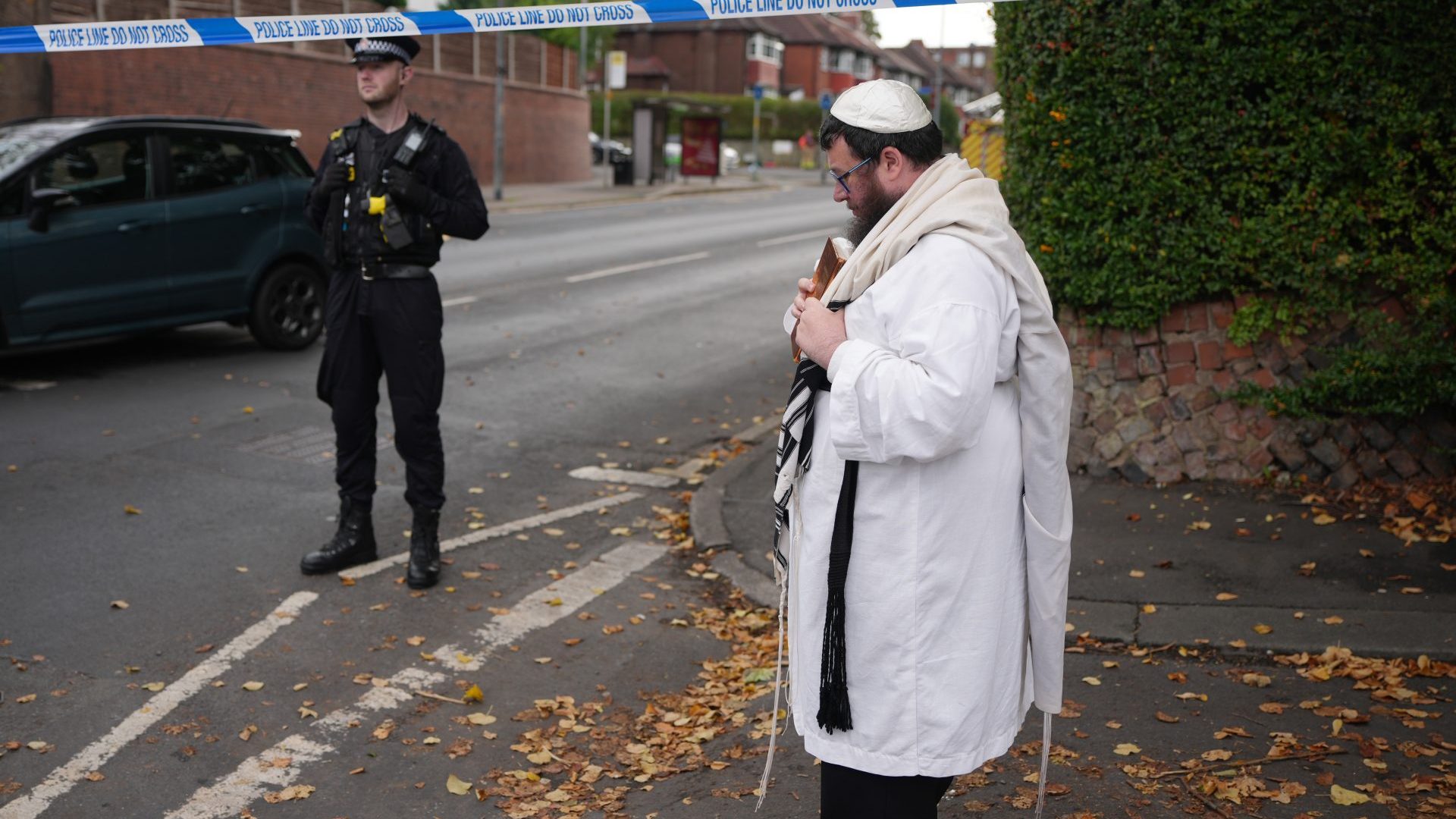At a cafe in the southern Indian city of Hyderabad, Aisha, a 29-year-old techie, twirls her spoon in her coffee, a hint of nervous laughter in her voice. “My family was pushing me into marriage. They didn’t know I was homosexual. The pressure was relentless,” she said. A year ago, after discovering online the concept of lavender marriages, she and a 32-year-old Muslim man, also gay, entered into one. Neither family knew it was a marriage of convenience.
So-called “lavender marriages”, in which one or both partners conceal their sexual orientation, are no longer an obscure phenomenon in India. They exist in the shadows of urban life, often confined to cities, where discussions about sexuality are emerging but still taboo. For many queer individuals, these marriages are a survival strategy in a society that struggles with the full acceptance of diversity.
In the 2022 Bollywood film Badhaai Do, the concept reached mainstream audiences. The leading duo are a gay police officer and a lesbian teacher, who married to satisfy familial expectations while concealing their true selves. The film sparked a whirlwind of online discussion, some applauding the visibility of queer lives while others debated the ethics and emotional toll of such arrangements.
Aisha’s story mirrors this tension. When I first reached out to her, she was deeply alarmed at the thought of her conservative family knowing about her secrets. “It will be the end of me if my family knows. I do have a stable partner, besides my husband, to satisfy my sexual needs, and my husband has his. Thankfully, we were able to find what we wanted, but I’m sure thousands of other Indians would not be able to,” she said.
The origins of the marriages of convenience date back to early 20th-century Hollywood, where queer actors were forced into heterosexual unions by studios to protect their careers. In India, the pressures are more familial than professional. Traditional expectations often make marriage a social obligation, leaving queer individuals with few safe alternatives. A marriage of convenience becomes a mechanism to negotiate survival.
Public awareness is slowly increasing. Media coverage keeps highlighting the emotional strains and compromises involved. Even after the decriminalisation of homosexuality in India in 2018, societal attitudes are slow to evolve, and while millennials and Gen Z tend to be more accepting, traditional pressures continue to compel concealment.
Suggested Reading

The people hanging by a thread in India
Legal voices have weighed in on the consequences of these marriages. Senior advocate Saurabh Kirpal argued before the supreme court that denying legal recognition to gay unions pushes individuals into arrangements where they must hide their identities. “There is nothing more detrimental than a gay man marrying and cheating a lady that way,” he said, pointing to the ethical and emotional consequences. Kirpal and other human rights lawyers advocate interpreting existing laws in gender-neutral terms, which could reduce the need for marriages of convenience.
While films like Badhaai Do bring attention to a taboo subject, critics caution against normalising marriages intended to disguise true identities. The suggestion that hiding one’s sexual identity is the best option undermines the LGBTQ+ push for equality.
But gay Indian people still opt for a “lavender” marriage. Some find relief in meeting public family expectations while maintaining private lives, even though it brings with it the pressure of living a dual life. India’s current attitudes towards sexuality stem from British colonial-era legislation and social institutions. The pre-colonial period reveals a more fluid understanding of gender and sexuality, and activists from younger generations are increasingly challenging these inherited prejudices.
Like Aisha’s, each lavender marriage is a tale of compromise and a constant struggle for dignity. They raise questions about love, identity, and the right to live authentically without repercussions. For now, these marriages illuminate both the progress India has made and the gaps in the country’s journey towards accepting LGBTQ+ people for who they really are.
Aisha’s name has been changed to protect her identity.
Vasudevan Sridharan is a freelance journalist based in southern India



